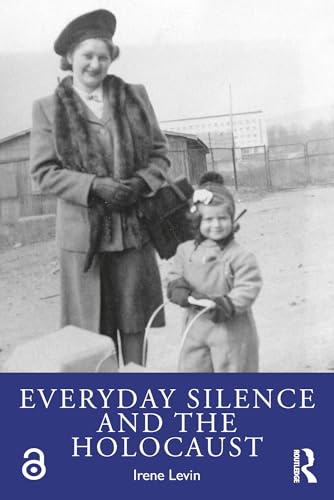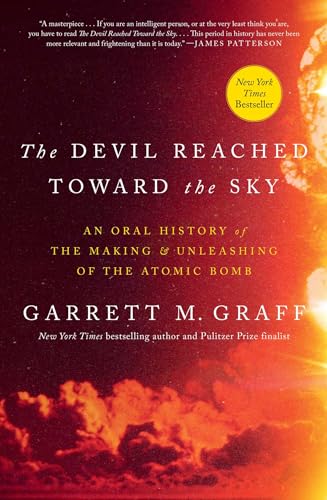
Behind the Gas Mask
by Thomas I Faith
"The U.S. Chemical Warfare Service in War and Peace"
Popularity
3.96 / 5
* A book's popularity is determined by how it compares to all other books on this website.
Where to buy?
Buy from Amazon* If you buy this book through the link above, we may receive a small commission at no extra cost to you.
Behind the Gas Mask by Thomas I Faith
Details
Perspective:
Researcher
True Story:
Yes
Biography:
No
Region:
North America
Page Count:
177
Published Date:
2014
ISBN13:
9780252096624
Description
Main Themes and Topics
In Behind the Gas Mask, Thomas I. Faith delves into the intricate history of the Chemical Warfare Service (CWS), bringing to light a period of military and political evolution during and immediately after World War One. The book focuses on the complexities of chemical warfare development and the moral and ethical debates surrounding it. Faith articulates how the CWS proponents championed the idea that chemical weapons were not only a necessary part of modern warfare but also had potential peacetime applications such as pest and crowd control. These discussions reflect broader themes of military innovation, ethical warfare, and the interplay between civilian opposition and military necessity. Conflict, both internal and external, is a significant topic as the CWS grappled with resistance from various quarters, leading to broader debates about the place of chemical weapons in America's military strategy.
Writing Style and Tone
Thomas I. Faith utilizes a scholarly yet accessible writing style in Behind the Gas Mask. His tone remains objective and informative, shedding light on the institutional nuances and bureaucratic struggles faced by the Chemical Warfare Service. Faith's ability to present historical details meticulously makes the book a valuable resource for readers interested in military history and institutional analysis. He balances detailed historical data with narrative prose, ensuring that the material is engaging while maintaining academic rigor.
Brief Summary
Behind the Gas Mask provides an in-depth institutional history of the Chemical Warfare Service, chronicling its inception during World War One and its continued existence in the turbulent years that followed. The book offers insight into the efforts of the CWS to cement chemical warfare as a fixture in the United States' military arsenal, despite widespread opposition. Faith examines the intricate network of alliances and conflicts that shaped the CWS's mission, ultimately leading to its uncertain fate amidst the ethical and practical debates of the time.
Criticism
While Behind the Gas Mask is praised for its detailed research and comprehensive coverage of a niche military subject, some critics might find the narrative's focus very specialized. The intricate institutional and administrative details may not cater to a broader audience seeking a more general overview of World War One. However, for readers interested in the specific history of chemical warfare and its institutional battles, Faith's work offers valuable insights.









